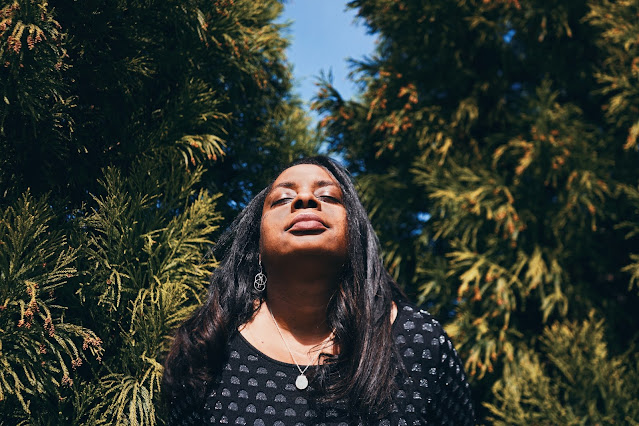 |
| Photo by Andre Hunter at https://unsplash.com/photos/wN8pecBHoHs |
I first learned about the concept of “nearby nature” in graduate school. The term was coined by Rachel Kaplan and Stephan Kaplan in their 1989 book, The Experience of Nature. The Kaplans define this form of nature as a space that contains “one or more plants…that is proximal [and] it can be indoors or out-of-doors.” With this wide-open definition, there are arguably many subtypes of nearby nature. I’ve thought about nearby nature or neighborhood nature or next door nature especially in the context of cities because of my work in urban forestry and urban ecology. Conducting my life almost entirely from my apartment in New York City beginning in mid-March of this year because of the pandemic brought home the importance of nature I could easily access, from my window, on a walk around my block, and when things felt less dire, in my local park. The pandemic and how much I craved nature were the catalysts for writing an essay about the benefits of nearby nature. But then the trauma of two stark incidences of racial violence in the outdoors made me pause my work. I didn’t feel that I could unconditionally tout the benefits of nearby nature, of spending time outdoors, when nature has been the setting for anti-black hate crimes. Read my entire essay here.
Comments
Post a Comment
Thank you for commenting on this post!